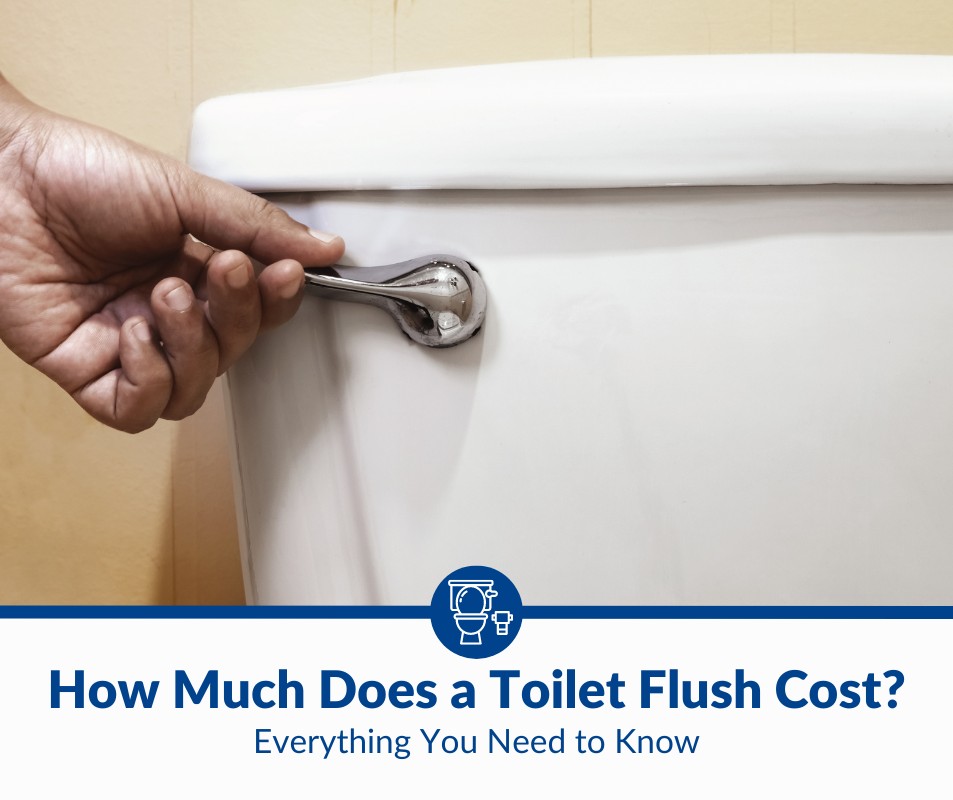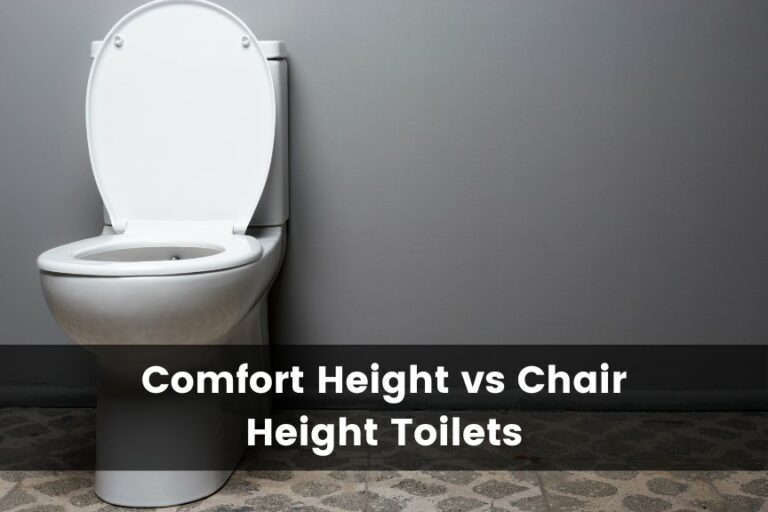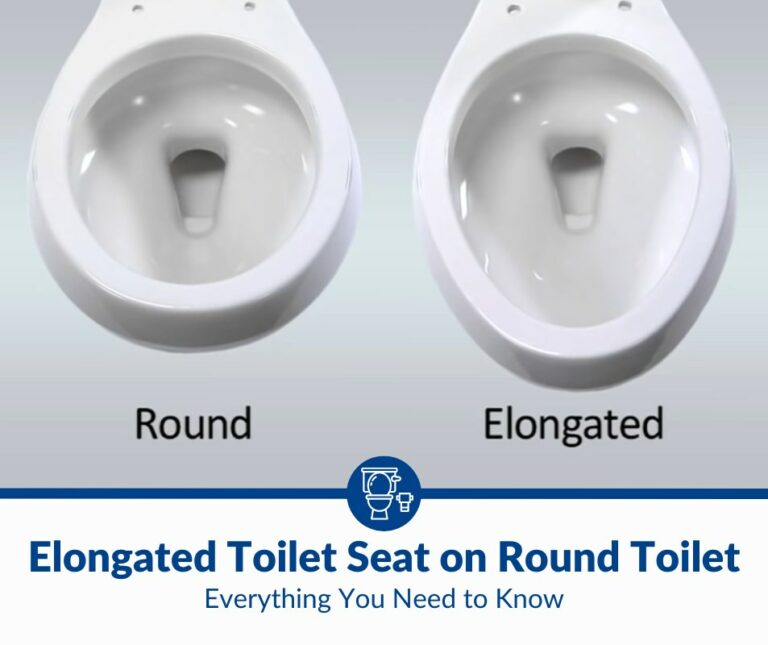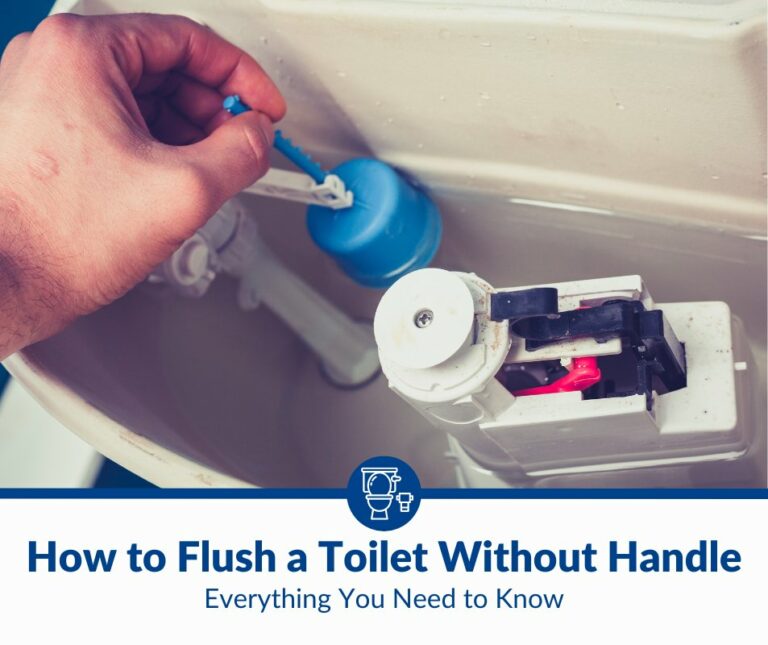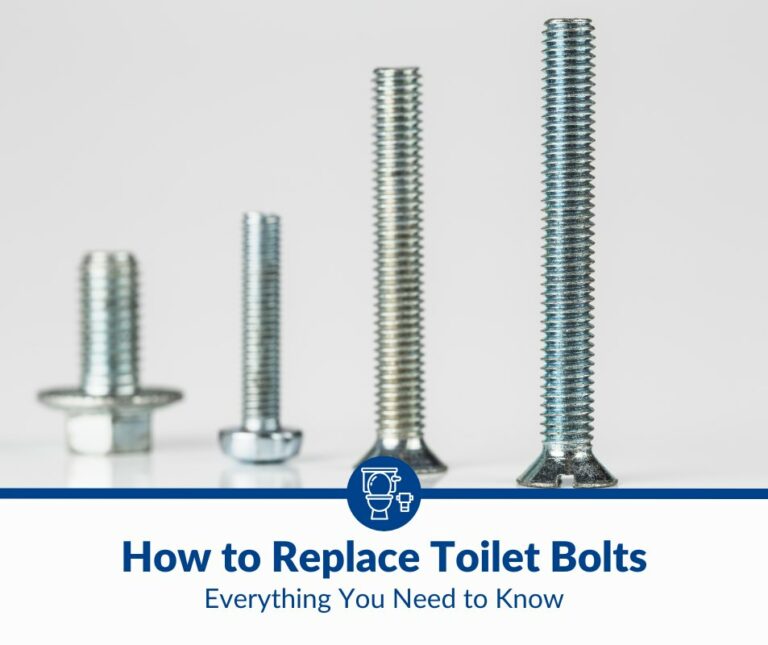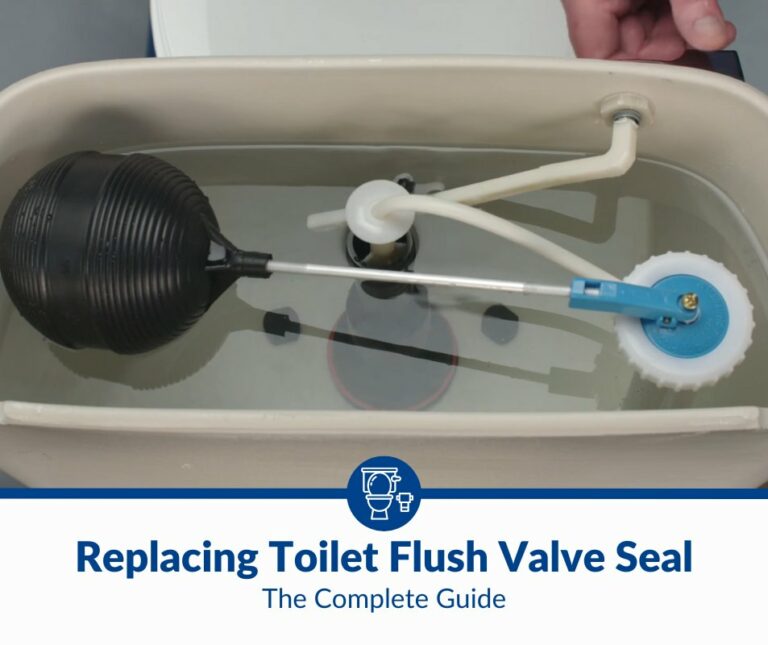How Much Does a Toilet Flush Cost?
Whenever you flush your toilet, you might not often consider how much it costs to send the water swirling down the bowl. Every flush costs money, and you might be spending more than necessary — but how much exactly does each flush cost?
A toilet flush with a standard toilet that uses 1.6 gallons (6.1 liters) of water per flush costs 1.3 cents on average. Switching to a low-flow toilet can reduce water consumption to 1.26 gallons (4.8 liters) per flush. Fixing any toilet leaks can also help reduce the cost of a single flush.
The rest of this article will discuss the subject in more detail, including what determines the cost of a toilet flush, how to calculate this cost, and how to minimize it.
Factors Affecting the Cost of a Toilet Flush
Although it’s possible to calculate an average cost, the specific cost of flushing a toilet can vary significantly from one bathroom to another. This is because there are multiple factors that influence the total cost of flushing a toilet.
The most common factors which affect the cost of a toilet flush include:
- The type of toilet you have
- How often you flush
- The amount of water each toilet uses for flushing
- The cost of water in your area
I’m now going to look at each of these factors in turn.
The Type of Toilet
If you’ve never bought a new toilet before, you might be blissfully unaware that there are different types of toilets. The most common types are one-piece and two-piece toilets and low-flow and standard-flow toilets.
As the name suggests, a one-piece toilet is a conjoined piece that incorporates both the bowl and the tank. A two-piece toilet has a separate tank and bowl and offers greater customization options for height and fitting. Some people may have a preferred type — however, surprisingly, there is no difference in the power of their flushes.
So although choosing between a one-piece and two-piece toilet is a common decision, neither will determine how much the toilet costs to flush.
The one thing, however, that can affect the cost of a toilet flush is whether the toilet is standard-flow or low-flow.
Low-flow toilets, also known as WaterSense toilets, use roughly 20% less water than standard-flow toilets. The Environmental Protection Agency (EPA) only classifies toilets as low-flow if they use a maximum of 1.28 gallons (4.8 liters) of water per flush. The average toilet in the US uses 1.6 gallons (6.1 liters) of water per flush.
How Often You Flush
It’s fine to flush away human waste and paper — but think twice before using your toilet to get rid of anything else. Keep flushing to a minimum and only when necessary, and you’ll reduce the amount of water you use — ultimately reducing the cost of flushing your toilet.
The Amount of Water Used
As described above, low-flow toilets can significantly reduce the amount of water used to flush a toilet, which translates into lower costs.
Prior to 1994, toilets in the US used up to six gallons (22.7 liters) of water per flush, but the Energy Policy Act introduced stricter guidelines. This legislation required that any new toilets fitted from 1994 onwards had to use no more than 1.6 gallons (6.1 liters) of water per flush.
The WaterSense standard is optional but takes things one step further. Only toilets that use 1.28 gallons (4.8 liters) of water or less per flush qualify for this certification.
If you’re trying to reduce the cost of flushing your toilet, opting for a WaterSense-certified toilet can help. This is especially the case if you have a much older toilet that was fitted before 1994.
The Cost of Water in Your Area
The price of water is not the same across the US — different states charge different prices. Although a standard toilet costs 1.3 cents to flush, this figure is subject to regional variation depending on the price of water locally.
You can check how your state measures up against others for the cost of water. This is useful as you can also determine the average water bill in your state. If you’re paying much more than average, you might want to consider ways to reduce your water usage, such as reducing the amount of water your toilet uses to flush.
How To Calculate Toilet Flush Cost
With so many variables affecting the cost of a toilet flush, there’s no instant way to find out the exact costs you’re incurring. However, with a little bit of research, it’s not difficult to get an accurate answer.
The first thing you’ll need to establish is how much water your toilet uses for each flush. The label on your toilet may well provide this information, especially if it’s relatively new. If you’ve got an older toilet, the manufacturer will be able to tell you how much water it uses with each flush. You could also try looking online, but if you can’t find the details or you aren’t sure, you could give them a ring instead.
Once you know how much water is used per flush, the missing piece of information is the price of water in your area. Your water bill should show how much you pay per gallon of water. If you don’t have a water bill, you should be able to find this information online, or again, you could try ringing your water provider.
Conserving water and cutting costs are two things that many people are trying to consciously address, so don’t feel shy about asking for information. Toilet manufacturers and water providers are accustomed to these kinds of requests and should be able to provide the details easily.
The final step is to use these two figures to calculate how much each toilet flush costs. You don’t need to be a math whizz to work it out, but a calculator will help. This is the formula you’ll need:
The amount of water your toilet uses per flush x the cost per gallon = cost per flush
For example, if your water bill shows a cost of 0.80 cents per gallon, and you have a standard toilet that uses 1.6 gallons (6.1 liters) per flush, the calculation would be:
1.6 x 0.80 = 1.28 cents per flush
Using this same calculation, an older toilet that uses six gallons (22.7 liters) of water per flush would cost 4.8 cents per flush — quite the difference!
If you want to calculate how much water you use per day, multiply the cost per flush by the number of times you flush the toilet per day. For larger households, there will likely be more flushes per day, so the cost will be higher.
According to a study carried out in 2016, the average person in the US flushes the toilet five times per day. Based on a cost per flush of 1.28 cents and five flushes per day, the average cost per day would be 6.4 cents.
Reducing Toilet Flush Cost
The good news is that there are several steps you can take to reduce the amount of water you use when you flush, which will lower your overall water costs. Let’s discuss each of these steps below.
Only Flush When Necessary
The quickest way to reduce the cost of flushing your toilet is to make sure that you’re only flushing it when absolutely necessary. Human waste and toilet paper are fine to flush away, but many people use the toilet to dispose of other items. Not only does this contribute to blockages, but it also unnecessarily increases the use of water.
Some of the most common items that are flushed away but shouldn’t be include:
- Cat litter
- Feminine hygiene products
- Dental floss
- Cotton balls or cotton buds
- Paper towels
- Flushable wipes
The latter two items are particularly a problem as many people think these are fine to flush. However, they don’t break down in the water in the same way as toilet paper, so they can cause blockages, especially when flushed regularly.
Use a Low-Flow Toilet
Other than not flushing your toilet unnecessarily, the simplest way to reduce the cost of flushing is by using less water. Many manufacturers have recognized that older toilets use an unnecessarily high volume of water when flushing, so they now offer low-flow toilet models.
As I previously mentioned in this article, low-flow toilets use up to 20% less water compared to standard models, which is a very significant reduction.
Fix Any Leaks
Even if you opt for a low-flow toilet, you could still be wasting water if your toilet leaks. A toilet that leaks water from the tank into the bowl could waste up to 88 gallons (333 liters) of water per day — that’s the equivalent of five bathtubs full of water.
Toilets with a more severe leak could waste up to 1,760 gallons (6,662 liters) of water per day. That’s a whopping 100 bathtubs full of water every day! To translate this into financial costs, at an average price of 0.8 cents per gallon of water, that’s $14.24 wasted daily.
One easy way to check if your toilet has a leak is to drop some food coloring into the tank. This is harmless and won’t stain your toilet. If the food coloring reaches the bowl without anyone flushing the toilet, there is a leak.
Conclusion
Water is one of the most precious commodities on our planet, and it’s important that we’re all using it carefully and consciously. By doing so, we’ll not just protect our environment but cut our costs of living too.
Understanding how to calculate the cost of your toilet flush and how to reduce needless flushing can save you money. And when it’s time to pick your next toilet, look out for the WaterSense certification; by choosing a toilet that uses less water per flush, you can significantly reduce your water usage and cut water wastage.
Additional Resources
Further reading
- The Environmental Protection Agency: Residential Toilets
- The Environmental Protection Agency: WaterSense Labeled Toilets
Recommendations for Low-Flow Toilets
If you’re interested in switching to a low-flow toilet, I recommend this St. Tropez One-Piece Toilet (available on Amazon.com). Not only does it help you save water at 1.28 gallons (4.8 liters) per flush, but it also comes in a sleek, modern design that’s easy to clean and install.
If you’re specifically looking for a toilet that’s WaterSense-certified, I recommend this Troyt Compact Two-Piece Corner Toilet (available on Amazon.com), which surpasses water conservation guidelines at 1.6 gallons (6.1 liters) per flush. Built with a space-saving design, this dual-flush toilet fits perfectly in the corner of any bathroom.
Identifying and Fixing Toilet Leaks
It’s always best to fix a leaking toilet as soon as possible to minimize water wastage. Below are some useful resources on how to identify and fix a leaking toilet:

